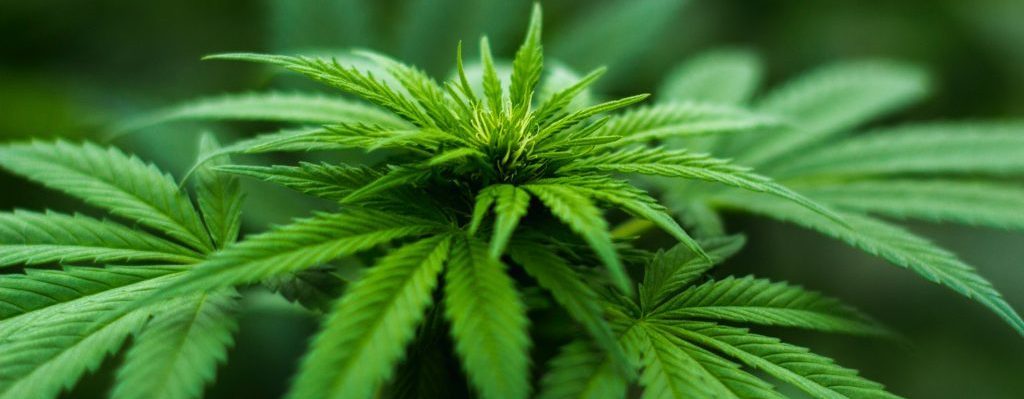Marijuana is a common recreational drug, particularly here in Colorado. Historically, the drug has been thought of as less harmful than other “harder” drugs, such as methamphetamine and heroin. While recreational use of marijuana has occurred for decades, today’s marijuana is different than its predecessor. In particular, current marijuana strains have been described as stronger and more potent, with a higher content of THC (the substance that causes psychoactive effects). Specifically, scientists estimate that previous THC content was 1-4% and current THC levels range from 13-30% of the cannabinoid content. With more psychoactive ingredients, today’s marijuana poses a greater risk of psychological side effects.
One danger of regular marijuana use is psychosis, which is a disconnect from reality characterized by hallucinations, delusions, paranoia, confused thoughts, and erratic behavior. In a new study, 29% of participants who had experienced psychosis had used marijuana daily. This was particularly true with the use of high potency marijuana (THC level greater than 10%). Overall, individuals who used marijuana daily were three times more likely to experience psychosis as non-users. With high potency marijuana, the likelihood of psychosis increases to five times more likely than non-users.
In addition to psychosis, high-potency marijuana use has been linked to other mental health effects, including agitation, anxiety, and mood swings. This type of marijuana can also have negative effects on cognitive functioning, such as impaired judgment, poor decision-making, concentration difficulties, and memory problems. Marijuana use is particularly harmful for adolescents and can lead to lasting impacts on their brain development. Parents who observe any of these behaviors in their children are wise to suspect substance use, although these symptoms could be due to general mental health or learning issues. Speaking with a medical or mental health professional can help provide guidance.






